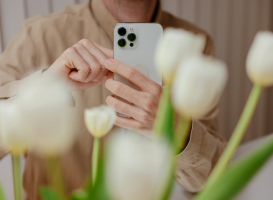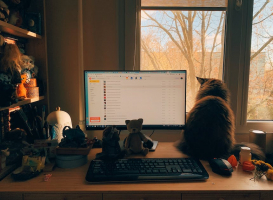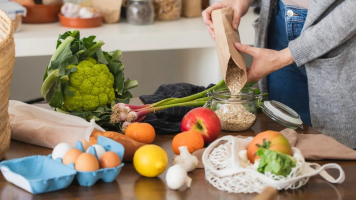Top 5 Most Creative Ways to Welcome Preschoolers to School
Beginning preschool is a major milestone in a child's life, representing their first step toward independence and formal schooling. Although loaded with ... read more...endless possibilities, it is typically an emotional time for children and their families. How can educators in these early years of schooling help youngsters feel confident in taking the required steps away from their parents and caregivers? Let's find out the most creative ways to welcome preschoolers to school below!
-
Social stories are an excellent method for communicating information to parents, caregivers, and, most importantly, children. Originally developed for autistic children, social stories can be adapted to benefit all children's social and emotional learning. You can create a social story that brings your preschool to life, use language that your audience will understand, and utilize photographs to lend significance to the information you want to impart.
Stories may include photographs of your preschool, teachers, and intriguing places or items from your daily routine. The narrative serves as a resource to assist youngsters in preparing to be members of your learning community, observe the environment, and comprehend the daily schedule. Social stories can be created as Microsoft word papers, PowerPoint presentations, and, more recently, as short films to send to families prior to the start of school.
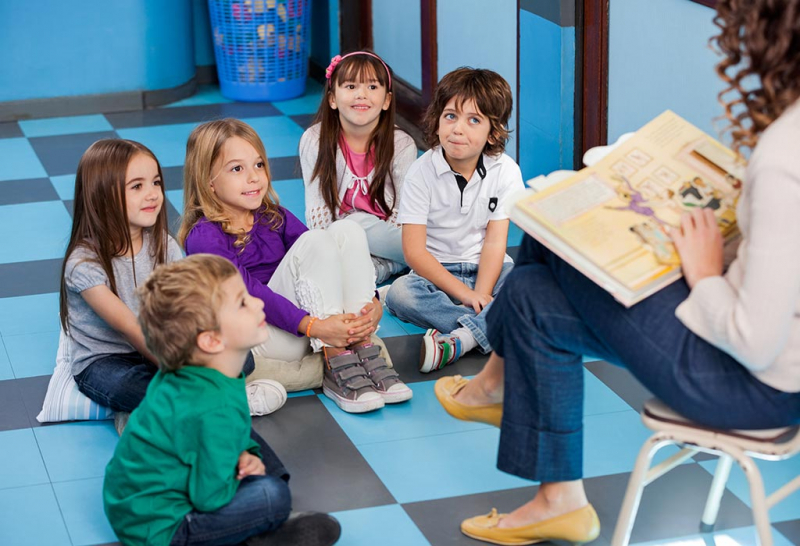
via: FirstCry Parenting 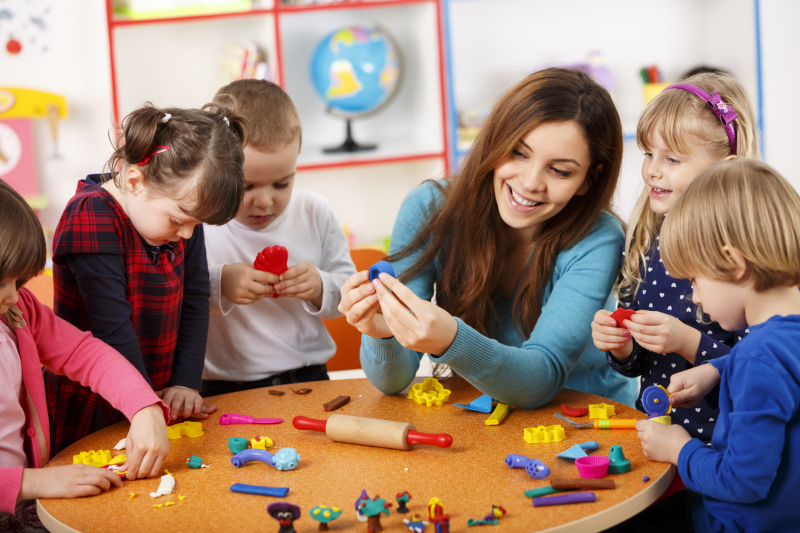
via: Autism - LoveToKnow -
Drop-off time, when students must leave the people they love, can be one of the most difficult moments of the preschool day for everyone, including parents, children, and early development professionals. One technique to help youngsters say goodbye is to set up some waving windows where they can go to wave one last goodbye or kiss their caregiver. This special spot allows children some independence and space to say farewell to their caregivers.
Using the waving windows can also become a routine that helps young students process their emotions. This space is generally decorated in the classroom with images of family and artwork created by the students. It should ideally be a space where caregivers may say their goodbyes without entering the classroom.
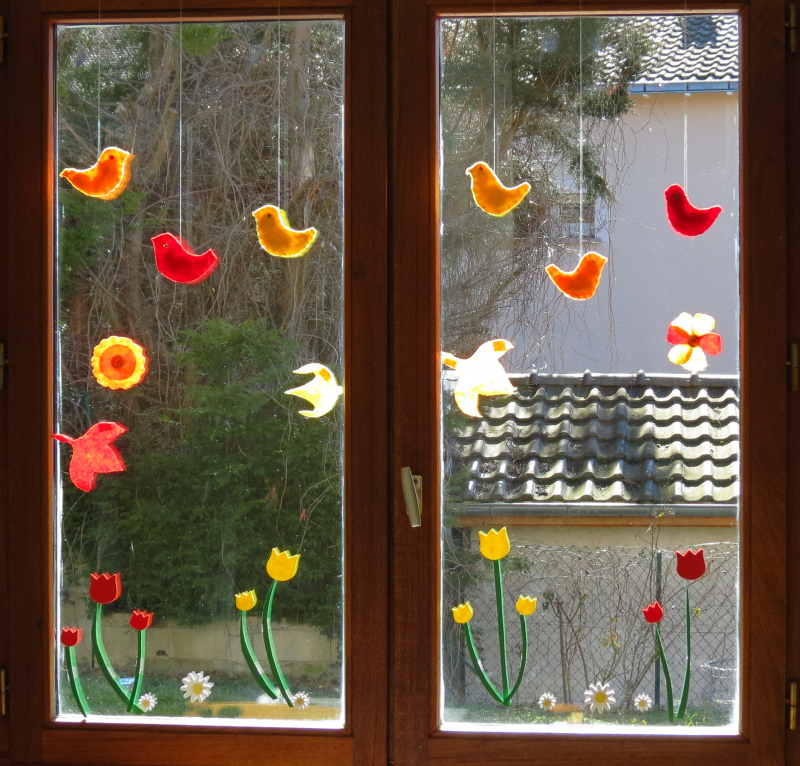
via: La Compagnie des lutins en folie - WordPress.com 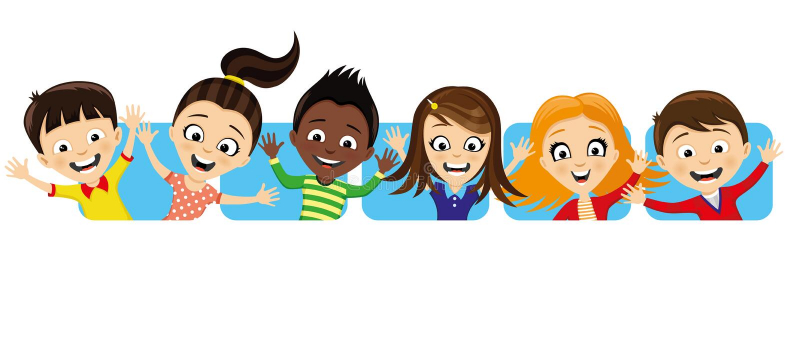
via: Dreamstime.com -
Early learning environments include many opportunities for collaborative learning. Some good examples are literacy clubs, rotating stations, and scientific projects. Teachers should seize these opportunities to foster partnerships between students who might not otherwise choose to work together due to differences in experience and backgrounds.
To do this, teachers construct stable groups of children with purpose, groups that are not based on ability and are formed to provide children with the opportunity to work for an extended amount of time with others from diverse backgrounds. The strategy encourages students to develop their collaboration skills and to practice working/collaborating with others. In literacy circles, for example, you can assign each kid the role of observer, wanderer, learner, or adventurer. As part of a whole-group discussion, each group shares their responses with the class.
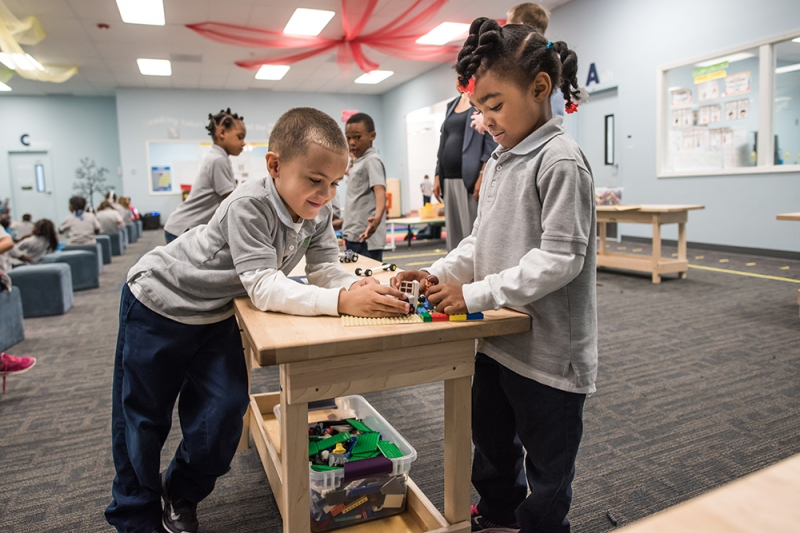
via: The Learning Accelerator 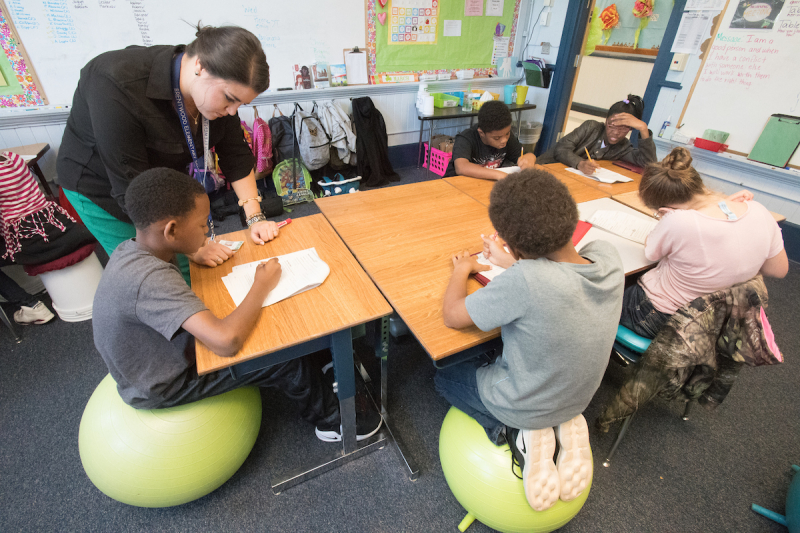
via: InFocus - University of West Florida -
The use of puppets in the classroom can enhance learning and foster a fun atmosphere. Puppets are beloved by children, and their physical presence may inspire and engage them in a variety of educational possibilities. Additionally, puppets give teachers the chance to better understand the requirements of their children. A three-way conversation that involves a puppet between a youngster and an adult can be less confronting for the child because it doesn't need them to speak directly to the adult.
Teachers can ask the puppet at the start of the school year about how it feels about entering school, as well as about its interests and preferred and least preferred times of the day. Children may be able to identify with the puppet and be more eager to express their opinions if they are given this permission. Children can converse with adults and other kids about other school-related topics, such as tests, coming back after breaks, or other important events, using the puppet as a voice. The puppet's power in this scenario is that it creates a barrier or sense of safety because it is the puppet speaking, not the child. Educators can gain insight into the children in their care.
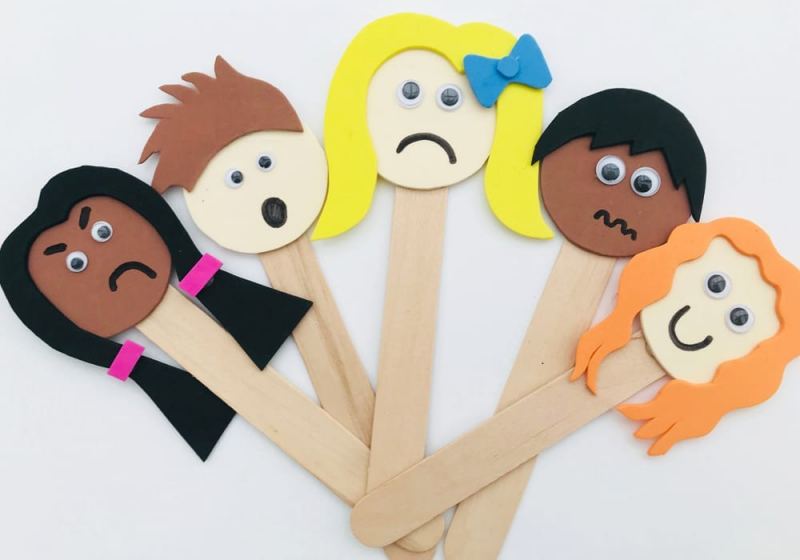
via: Mas & Pas 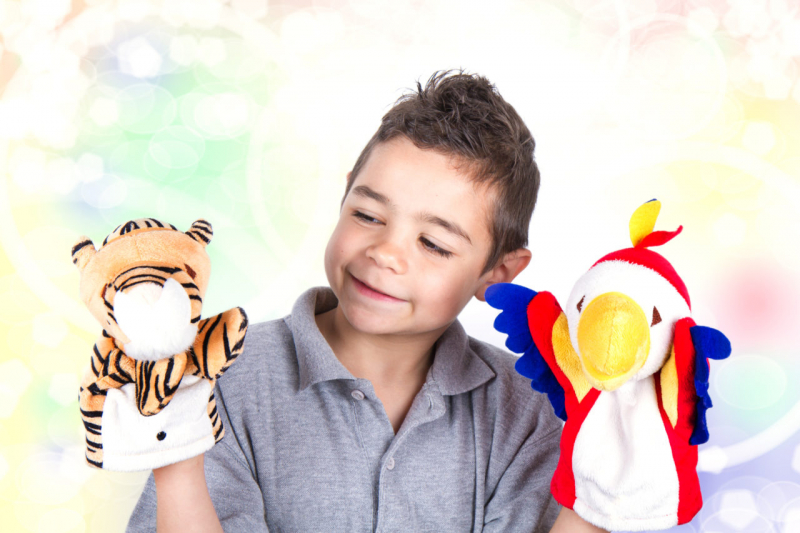
via: Lily Pond Country Day School -
Along with a souvenir or symbolic keepsake, teachers could freely distribute pencils throughout the year. This alleviates the stress that is frequently connected with forgetting anything to write with. The pupils are never concerned that unfavorable attention will be attracted to their mistakes.
Even a child who frequently forgets or loses his or her pencils should be allowed to borrow one from teachers as needed. This isn't to say that teachers won't work with individual children to figure out how they can be better stewards of their materials. However, in the classroom, teachers should be devoted to eliminating any type of public shame or frustration caused by students forgetting or losing resources.
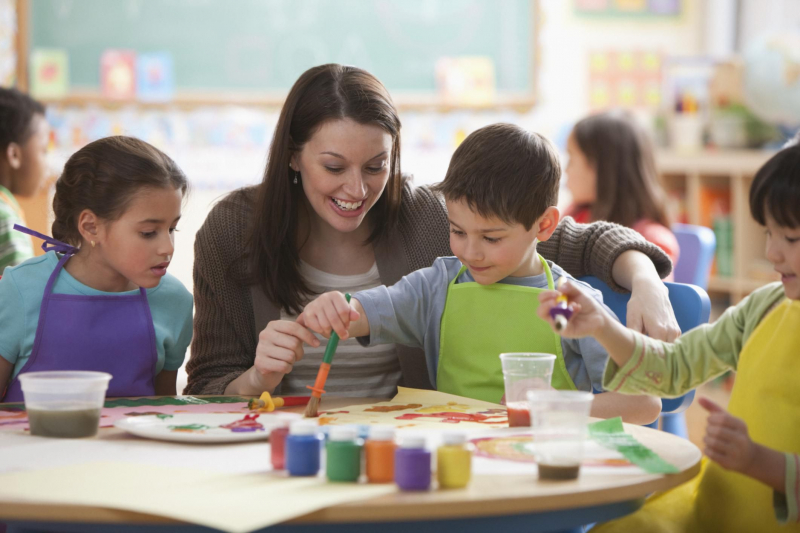
via: ThoughtCo 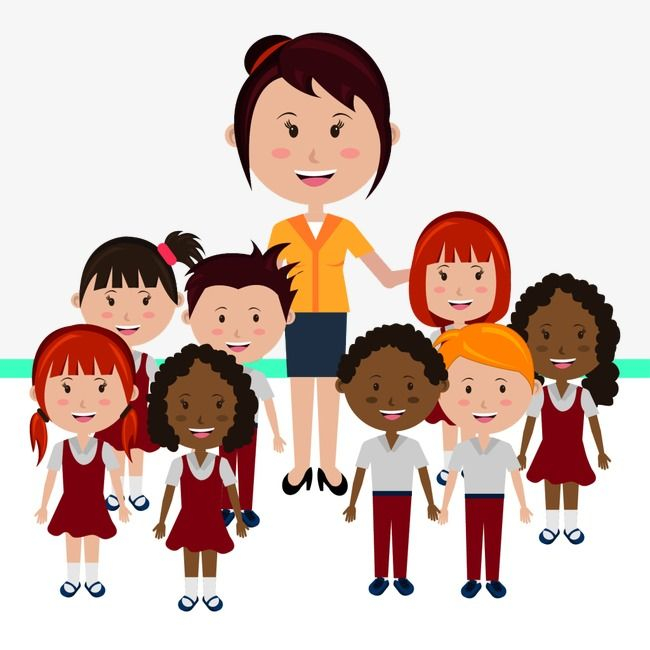
via: Pinterest










